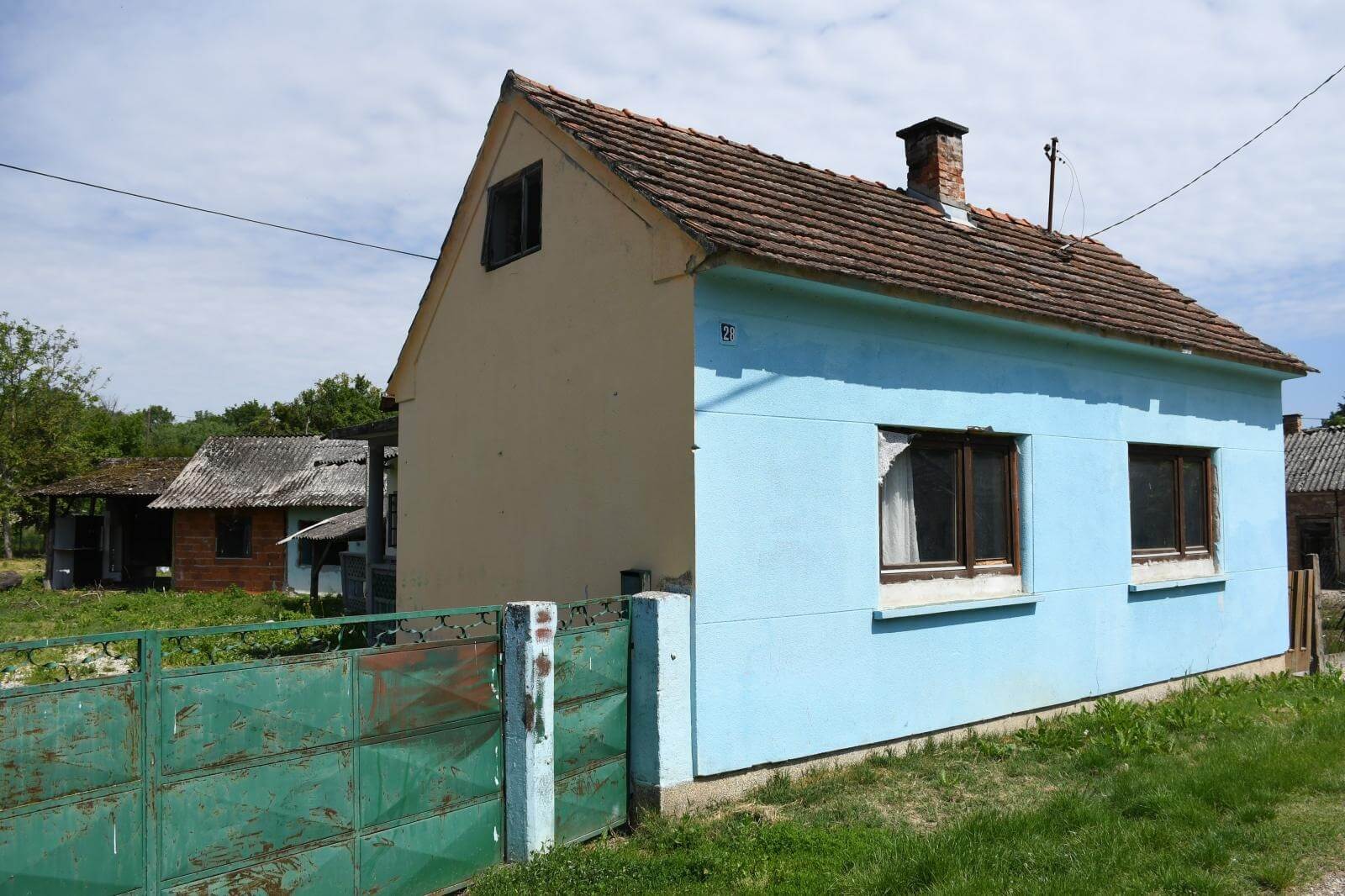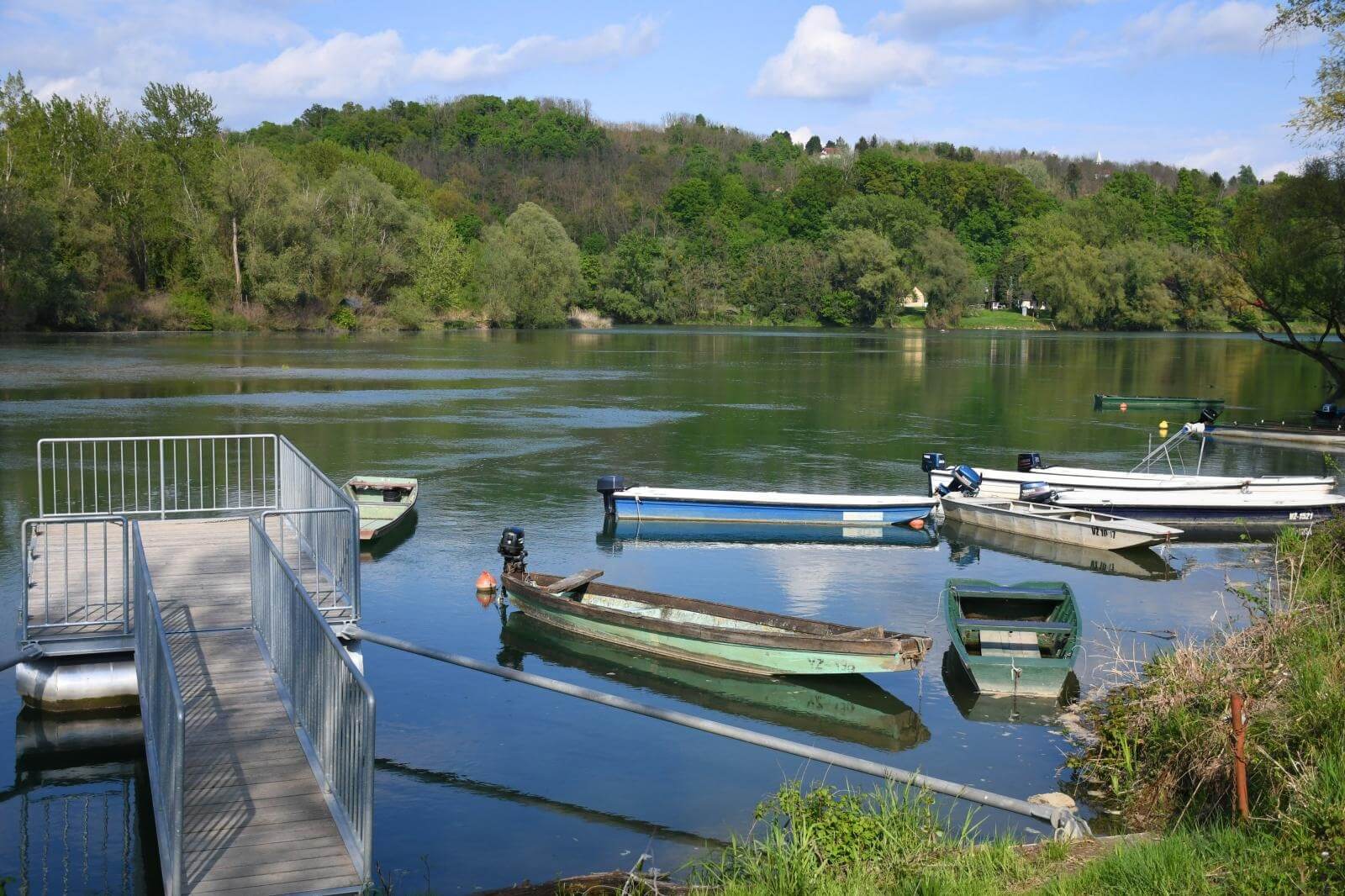150 Croatian Villages No Longer Inhabited - Večernji List
ZAGREB, 18 July, 2021 - According to the 2011 census, as many as 150 settlements and villages in Croatia have become uninhabited, and most of such unpopulated places are in the municipality of Delnice in the Rijeka hinterland and in Karlovac and Istria counties, the Večernji List daily reported on Sunday.
The daily newspaper carried excerpts from a monograph on now-vacant settlements prepared by researchers Vlatka Dugački, Lana Peternel, Filip Škiljan.
Dugački was quoted by the VL daily as saying that uninhabited settlements and towns "are a complex social phenomenon".
According to the 2011 census, the highest number of abandoned settlements was registered in the mountainous region of Gorski Kotar (a wider Delnice area). Karlovac County ranked second, and was followed by Istria and Požega-Slavonia counties.
For instance in Primorje-Gorski Kotar County, nearly 50 settlements have become "ghost towns", and of them 30 were around Delnice. In Karlovac County, a score of settlements have become unpopulated, and in Istria 15.
No abandoned settlements in north of Croatia
On the other hand, in the northern counties -- Međimurje, Varaždin and Koprivnica-Križevci -- there were no abandoned settlements according to the 2011 census.
For more on lifestyle, follow TCN's dedicated page.
For more about Croatia, CLICK HERE.
1 HRK for a House in Legrad If You Can Meet the Criteria!
June 21, 2021 - Last year, the municipality of Legrad in Northern Croatia started to market abandoned houses and construction sites in their town at 1HRK to attract new residents and has sold 17 properties since then. This year, the Legrad Municipality came up with a better marketing strategy to resolve the town's depopulation problem - an additional 25,000HRK to 35,000HRK allowance for refurbishments, but at what cost?
Legrad is a rural municipality located just north of Koprivnica, Croatia. With its close proximity to the border of Hungary and the lack of transportation accessibility, the town has suffered continuous rural depopulation over the years as its inhabitants migrate to nearby urban cities. Currently, Legrad has 2,250 inhabitants - half the number it had 70 years ago.
The repopulation attempt of Legrad Municipality started last year when they first marketed 19 properties in their town for 1HRK under the following criteria: the buyer should be under the age of 40, financially solvent, a university degree holder and a resident of the municipality or willing to register residence in Legrad within 3 years. 17 properties have been sold since the first attempt. These criteria still left the municipality vulnerable - there was no guarantee that the newcomers will permanently reside in the town.
So for this year, the municipality of Legrad upped their game by adding a better offer but with a bigger condition as well. According to the town's mayor, they will provide the new buyers an additional allowance of 25,000HRK for home refurbishments and 20% assistance or up to 35,000HRK for those who wish to buy a private estate in their town - in exchange for their commitment to live in the town permanently for at least 15 years, Reuters reported.

Photo credit: Damir Spehar / PIXSELL
The town's mayor, Ivan Sabolic, said that the offer has piqued a lot of interest from distant places abroad with inquiries coming from Ukraine, Russia, Turkey, and South American countries like Argentina and Colombia. But since Croatia has a complex immigration system, the municipality prefers to keep it local for now.
Last year, a young family of 4 from northern Croatia took up the offer and bought a one-kuna house and has since been living, working and raising two kids in Legrad. According to Danijel Harmnicar, the father of the family, the 15-year residency is not a problem because it is much nicer to own a property than to rent one. They are satisfied and have no plans to move in the near future.
What to expect in the town of Legrad?

Photo credit: Damir Spehar / Pixsell
For people who are interested in moving to Legrad, Croatia, the employment opportunities offered in the town are various jobs under food production, wood processing and metal processing.
The offer is also perfect for those who dream a peaceful countryside life. The beautiful rivers of Mura and Drava meet in this town, therefore, making it an ideal habitat for rare plant and animal species. Veliki Pažut, found at the mouth of the two rivers is a ornithological reserve and is often visited by nature lovers. The rich and long history of the town is also untouched such as the Church of the Holy Trinity and a town square, both preserved from the Baroque era. Also found in this town is Novi Zrin, a fortification against Turks that was built by the historic noble family of Zrinski.
For more on lifestyle in Croatia, follow TCN's dedicated page.
For more about Croatia, CLICK HERE.


